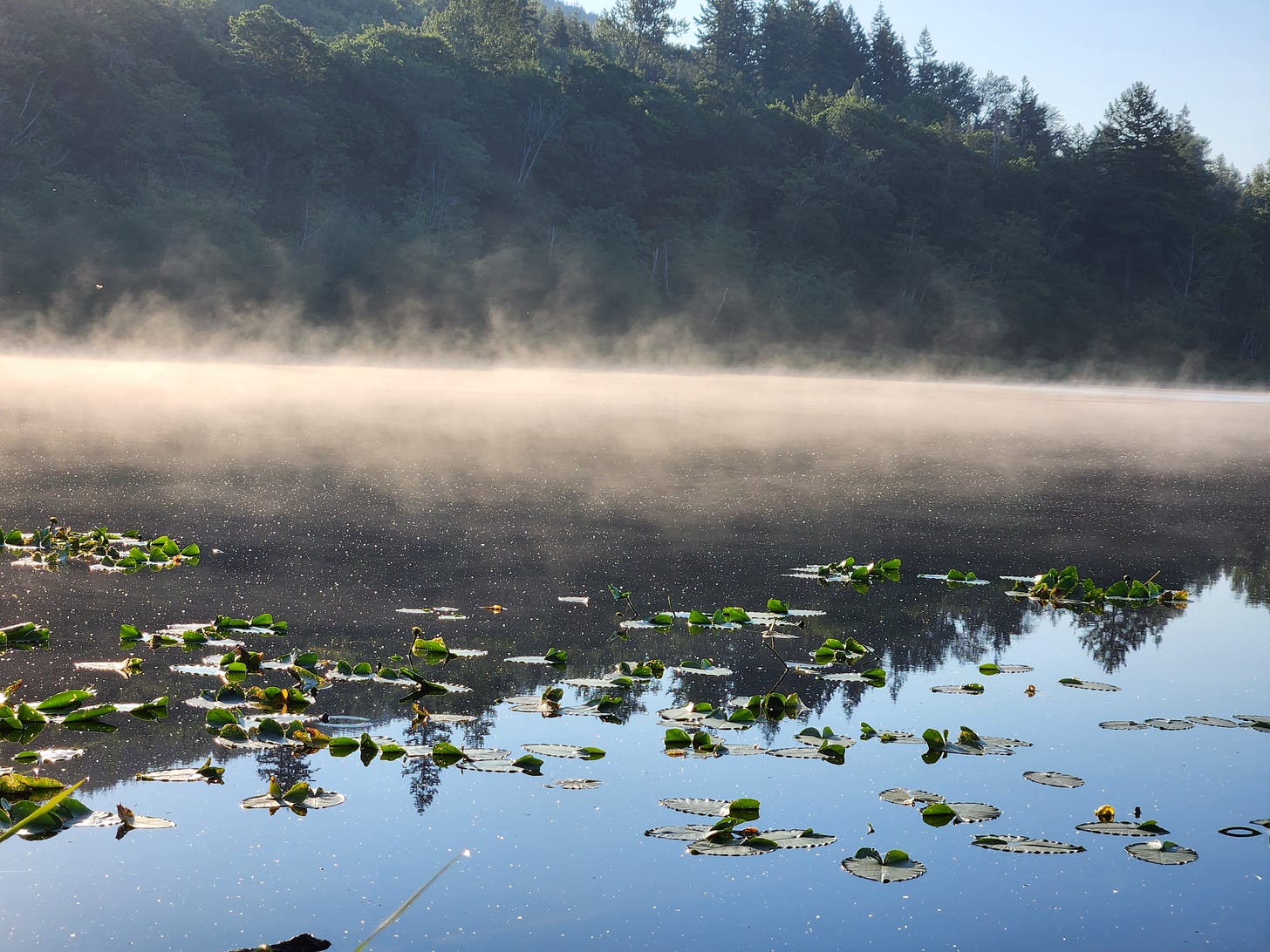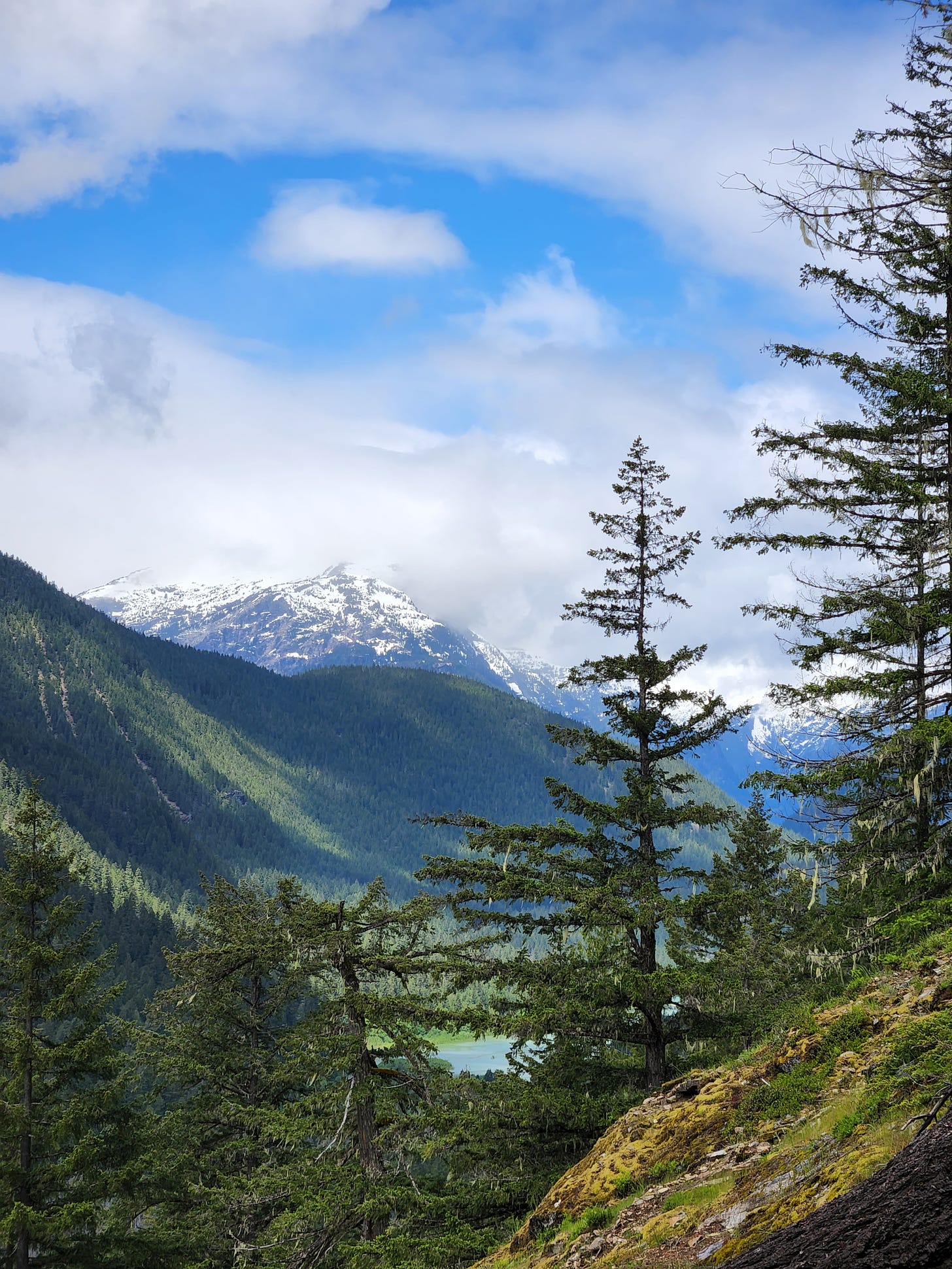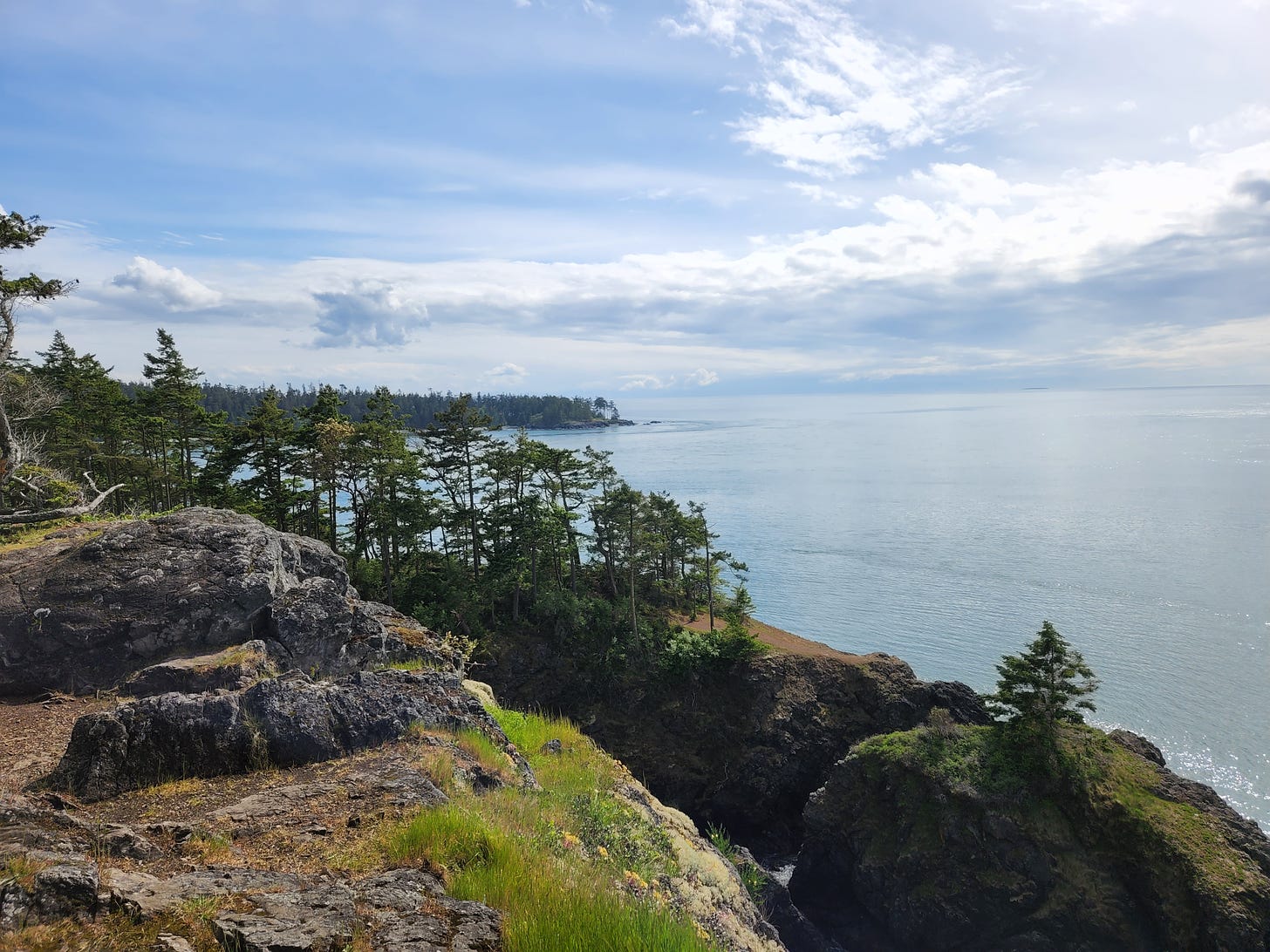This week, Taking Bearings cycles to The Wild Card, my open-ended category that allows me every four weeks to focus on whatever I want! For some time, I’ve wanted to share some other writers, projects, or publications that I enjoy and benefit from. So, I’m changing up this week’s newsletter just a bit to recommend a few things. I want to point you toward a few things I’ve encountered lately that make me think anew about the themes of this newsletter: place, history, writing. Read on!
Newsletters
Substack offers a handy way to recommend other newsletters on its platform. At the moment, I’m recommending a few that you can see on my main page (right hand column and down a ways). The list evolves, and I chooseto push people toward newsletters by writers without high profiles that do not need my endorsement to grow. Others have recommended me; in fact, about 40% of my subscribers have found Taking Bearings this way. I’m so grateful! My own recommendations have generated scores of new subscriptions for other newsletter writers. This small sign of reciprocity is welcome.
Besides those I’m already recommending – (Take a look at
, , and .) – I want to share a couple more.First is Lukas Guides. David Lukas writes this weekly newsletter from the Northwest (though from the other side of the mountains). Besides our shared affection for the Northwest, we are driven by exploring the natural world. David pitches his newsletter as “explorations at the frontiers of natural history and language.” Often he draws from his book Language Making Nature. His efficient, insightful posts always enlighten and delight me. Typically, they explain how something in the living world works or the origins of something. For example, “Spacing Out” interrogated words, explaining how the space between them in writing originated – and how removing those spaces can help us slow down and engage more with language and the world around us. Fascinating! Every issue has something that leaves me pondering, and, really, what more can you ask for? Many of you will find the Lukas Guides newsletter a useful addition to help you navigate the written and natural world.
A second newsletter I’m enjoying is a fairly new Substack by David E. Perry called
. Another writer (and photographer) based in the Northwest, David builds his newsletter with his gifted photographer eyes (and storytelling mind). This means his newsletters are beautifully illustrated. But saying that should not detract from his gift with words. We met in a workshop not long ago, and in that setting I saw a preview of what turned into his recent powerful post, “The Wake We Leave Behind.” I urge you to take the time to read and contemplate this. Time and again, his close attention to details pulls you in reveals an entire world you are glad he introduced you to. I am finding David’s prose an inspiration. I know many of you will also be inspired by David’s work.(Newsletters are proliferating rapidly – sometimes I am overwhelmed by them. I could recommend more, but I’ll wait, perhaps, for another Wild Card week and update again.)
Blending Art and Science
During my recent residency at the H. J. Andrews Experimental Forest, I met a pair of collaborators, an ecosystem scientist named Fred Swanson and a photographer named David Paul Bayles. In September 2020, a fire swept through the McKenzie River canyon in central Oregon. In the aftermath, Fred and David regularly returned to one site where the fire blistered through and incinerated most everything. Their project, Following Fire: A Resilient Forest / An Uncertain Future, investigates the fire site from blended, reinforcing scientific and artistic perspectives, patiently watching changes on the land in the fire’s aftermath and following the questions the land prompts. The intersection of these distinct but complementary ways of seeing the forest creates rich possibilities and raises important questions about the living world and our future. Their entire website is worth checking out, but perhaps the Chronosequences are the best introduction. I suspect their work will make you adjust how you think about fire.
(I also want to mention David’s new book, out next month, called Sap in Their Veins: Portraits of Loggers and the Trees They Fell. I got a sneak preview, and it’s a remarkable book of beautiful images and oral histories of loggers that will complicate most of your expectations.)
Magazine
Finally, I want to recommend Hakai Magazine which I suspect too few people have heard of. It occupies a specialized niche: science, society, environment from a coastal perspective. That might seem narrow, but more than ⅔ of the world’s population live near coasts. And after reading any of its articles, reports, or features, you will find yourself in a world that is broad and important. Every piece is gorgeously illustrated, deeply researched, and engagingly written. A good place to begin might be this story, a couple years old now, about salmon, berries, and the people who have sustained them for centuries, “Thriving Together: Salmon, Berries, and People.” This one from that is even older, “The Trees That Sail to Sea,” fascinated me. But truly, you can’t go wrong with the stories Hakai publishes.
Your Turn?
In the Comments below, please feel free to share your favorite place-based writing or related projects. I’d love to know what inspires your and keeps you engaged.
Final Words
I appreciate you allowing me to point you in some different directions this week. I hope you’ll find some new favorites.
As always, you can find my books, and books where some of my work is included, at my Bookshop affiliate page (where, if you order, I get a small benefit).
Taking Bearings Next Week
The Classroom returns next week, and I’m going to need to reconnect to my teacherly self. Stay tuned!







I'm really touched by your kindness, Adam. Thank you, truly. And though I still feel pretty clunky here, not quite sure how to do this and make that happen, I learn by watching elegant souls like you. What a wonderful way to help create community, introducing people as you do. I intend to follow your exampled lead.